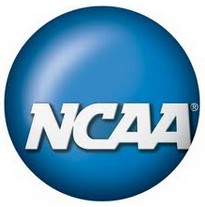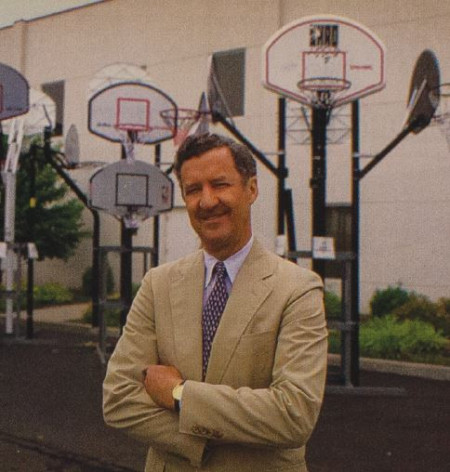By Tom Van Jacobs
NSGA Marketing Coordinator
Dr. Karissa Niehoff of the National Federation of State High School Associations (NFHS) recently discussed the state association adoption option for the use of 35-second shot clocks in basketball beginning with the 2022-23 season. The NFHS Board of Directors did not approve a proposal for a national rule mandating the shot clock.
Rule 2-14 states that each state association may adopt a shot clock beginning in the 2022-23 season – according to guidelines outlined in the Basketball Rules Book – to encourage standardization among states. Guidelines include displaying two timepieces that are connected to a horn that is distinctive from the game-clock horn, and using an alternative timing device, such as a stopwatch at the scorer’s table, in the event of a shot clock malfunction. The guidelines also allow for corrections to the shot clock only during the shot-clock period in which an error occurred and if the officials have definite information relative to the mistake or malfunction.
The shot clock state adoption proposal was made to the NFHS board after it was passed by the NFHS Basketball Rules Committee by an 11-1 vote. The rules committee gathered data from a survey of 45 questions to eight states and Washington, D.C., using the shot clock on an experimental basis. These states (California, Maryland, Massachusetts, New York, North Dakota, Rhode Island, South Dakota, Washington) and Washington D.C., answered questions about the impact and experience the shot clock had on boys and girls basketball programs. The feedback was positive enough to warrant the basketball rules committee pass the state adoption rule.
According to the NFHS survey, the divisive issue raised some concerns about a national mandate for the use of shot clocks. One is the negative impact the shot clock could have on the development level for boys and girls. The shot clock could cause too much pressure for kids to make decisions and lose focus on developing important skills.
The other concern is the financial impact shot clocks could cause for schools, according to the NFHS survey. High schools would have to pay for the extra equipment needed for the shot clock and to train individuals to run the shot clock. These issues kept the use of shot clocks as a state decision, but it does not mean it cannot become a national level rule in the future.
Niehoff believes a few states will adopt a shot clock in the 2022-23 season and is optimistic more states will consider the adoption in the future. The use of a shot clock can be implemented in either the boys or girls programs or both.





 Back
to News
Back
to News